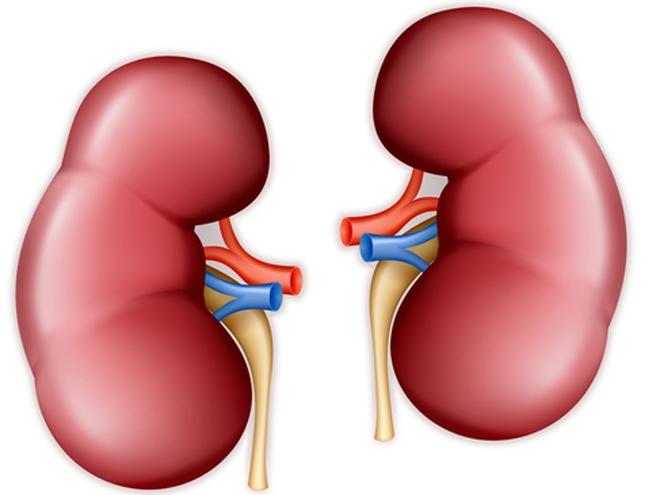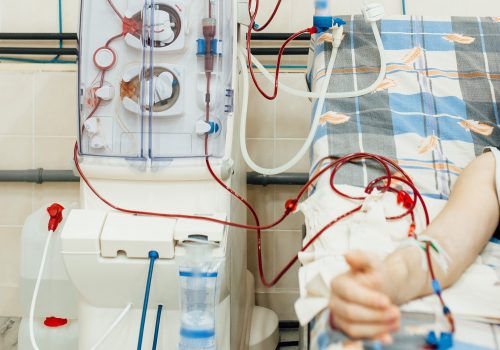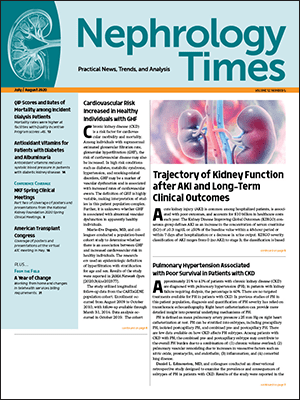In phase 3 studies examining the efficacy of roxadustat for the treatment of anemia in patients with chronic kidney disease (CKD), the therapy improved iron absorption and bioavailability. Roxadustat is a hypoxia-inducible factor prolyl hydroxylase inhibitor. At the NKF 2020 spring Clinical Meetings, Robert Provenzano, MD, and colleagues presented results of an analysis of data from the phase 3 studies in non–dialysis-dependent (NDD) CKD patients with iron repletion or depletion at baseline. The presentation was titled Roxadustat Treatment of Anemia in Non–Dialysis-Dependent Chronic Kidney Disease Is Not Influenced by Iron Status.
The researchers analyzed data from three completed studies individually and in the pooled population by iron status. Patients were randomized to receive roxadustat or placebo for up to 4 years. Baseline hemoglobin and change from baseline were summarized overall as well as in patients with iron repletion (defined as ferritin ≥100 mg/L and transferrin saturation ≥20%) or iron depletion. The study allowed use of oral iron and intravenous iron was allowed as rescue.
Across the three studies, 2391 patients were in the roxadustat group and 1886 patients were in the placebo group. Mean baseline hemoglobin was 9.10 g/dL in the roxadustat group and 9.10 g/dL in the placebo group. At baseline, 60% (n=1433) of patients were iron replete for roxadustat and 60% (n=1127) were iron replete for placebo. The mean change from baseline in hemoglobin was similar in iron-replete and iron-depleted patients receiving roxadustat. Roxadustat dose and iron use in subgroup will be explored in additional data analyses.
The mean change from baseline in hemoglobin in the roxadustat patients was summarized by study and iron status:
- OLYMPUS (study one): adjusted least squares mean change from baseline overall (n=1384), 1.75; iron-replete (n=782), 1.71; iron depleted (n=552), 1.76.
- ANDES (study two): adjusted least squares mean change from baseline overall (n=616), 2.02; iron-replete (n=366), 1.98; iron-depleted (n=241), 2.10.
- ALPS (study three): adjusted least squares mean change from baseline overall (n=391), 1.99; iron-replete (n=204), 1.97; iron-depleted (n=187), 1.99.
- Pooled: adjusted least squares mean change from baseline overall (n=2391), 1.94; iron-replete (n=1433), 1.94; iron-depleted (n=956), 1.94.
“Roxadustat corrected and maintained hemoglobin in patients with NDD-CKD and anemia regardless of iron status at baseline,” the researchers said.
Source: Provenzano R, Fishbane S, Coyne Dm et al. Roxadustat treatment of anemia in non–dialysis-dependent chronic kidney disease is not influenced by iron status. Abstract of a presentation at the National Kidney Foundation 2020 Spring Clinical Meetings; abstract #192.







 © 2025 Mashup Media, LLC, a Formedics Property. All Rights Reserved.
© 2025 Mashup Media, LLC, a Formedics Property. All Rights Reserved.